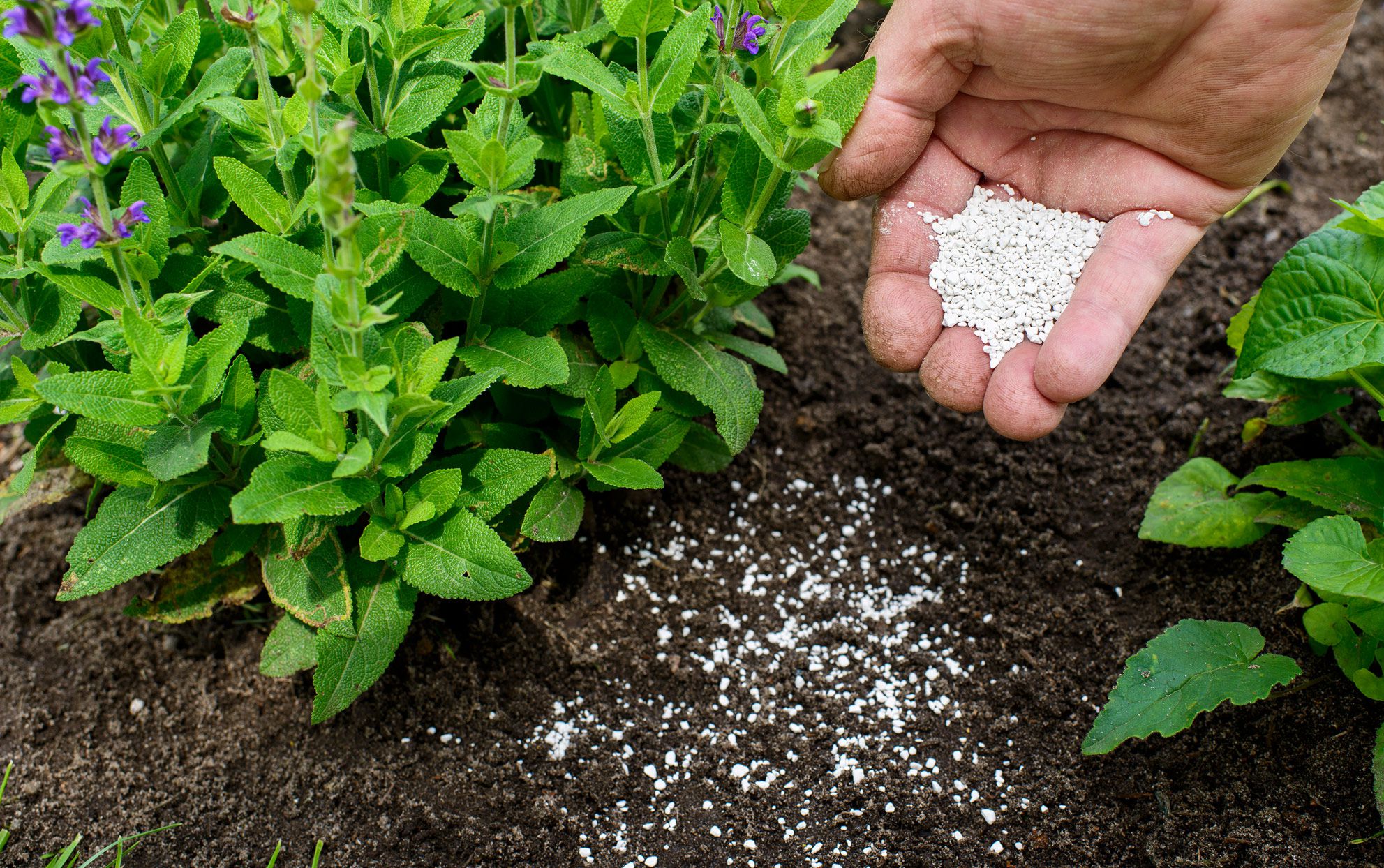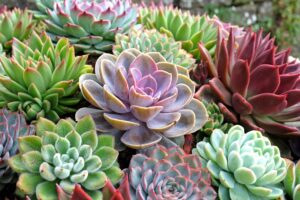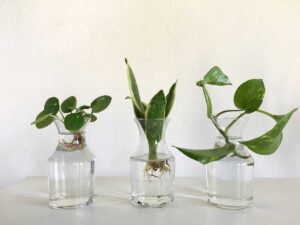A Plant Dormancy Period Calculator is a useful tool for gardeners, horticulturists, and farmers to determine the dormancy period of various plant species. Dormancy is a natural survival mechanism that plants undergo in response to unfavorable environmental conditions, such as extreme temperatures or lack of water. During this period, growth slows or stops, allowing the plant to conserve energy and survive until favorable conditions return.
Understanding and calculating plant dormancy periods is crucial for proper garden planning, ensuring plants receive the care they need at the right times. This guide explores the factors that affect dormancy, how to use a dormancy calculator, and tips for maintaining plants during their dormant phase.
Plant Dormancy Period Calculator
Common Plants and Dormancy Periods
| Plant Type | Dormancy Period (Months) | Climate Zone | Growth Resumption |
|---|---|---|---|
| Rose Bushes | 3-4 months | 4-9 | Early Spring |
| Tulips | 5-6 months | 3-8 | Late Winter to Spring |
| Maple Trees | 4-5 months | 3-7 | Early Spring |
| Tomato Plants | 1-2 months | 9-11 | Late Winter |
| Lavender | 3 months | 5-9 | Early Spring |
Factors Affecting Plant Dormancy
Several factors influence the dormancy period of plants, including:
- Temperature: Cold or heat can trigger dormancy, especially in temperate climates.
- Daylight Duration: Shorter daylight hours signal plants to enter dormancy.
- Water Availability: Drought conditions can force plants into dormancy to conserve moisture.
- Plant Species: Different plant types have varying dormancy requirements.
- Soil Conditions: Nutrient depletion or poor soil conditions may affect dormancy length.
How to Use a Plant Dormancy Period Calculator
A Plant Dormancy Period Calculator allows users to estimate the dormancy period of a plant based on key factors such as species, climate zone, and local weather conditions. To use the calculator effectively:
- Select the plant type: Choose from categories such as perennials, annuals, shrubs, or trees.
- Enter the climate zone: Input the USDA hardiness zone or regional climate conditions.
- Specify temperature ranges: Indicate seasonal high and low temperatures.
- Provide sunlight hours: Average daily sunlight exposure during the year.
- Submit the data: The calculator will analyze the information and estimate the dormancy period.
Common Plants and Their Dormancy Periods
| Plant Type | Dormancy Period (Months) | Climate Zone | Growth Resumption Time |
|---|---|---|---|
| Rose Bushes | 3-4 months | 4-9 | Early Spring |
| Tulips | 5-6 months | 3-8 | Late Winter to Spring |
| Maple Trees | 4-5 months | 3-7 | Early Spring |
| Tomato Plants | 1-2 months | 9-11 | Late Winter |
| Lavender | 3 months | 5-9 | Early Spring |
Maintaining Plants During Dormancy
During dormancy, plants still require some care to ensure healthy regrowth once the dormant period ends. Some tips include:
- Watering: Reduce watering but keep the soil slightly moist.
- Mulching: Apply mulch to insulate roots and retain moisture.
- Pruning: Remove dead or diseased branches to encourage future growth.
- Fertilization: Avoid heavy fertilizing during dormancy; apply nutrients before the next growth cycle.
- Temperature Monitoring: Protect plants from extreme cold using covers or shelter.






